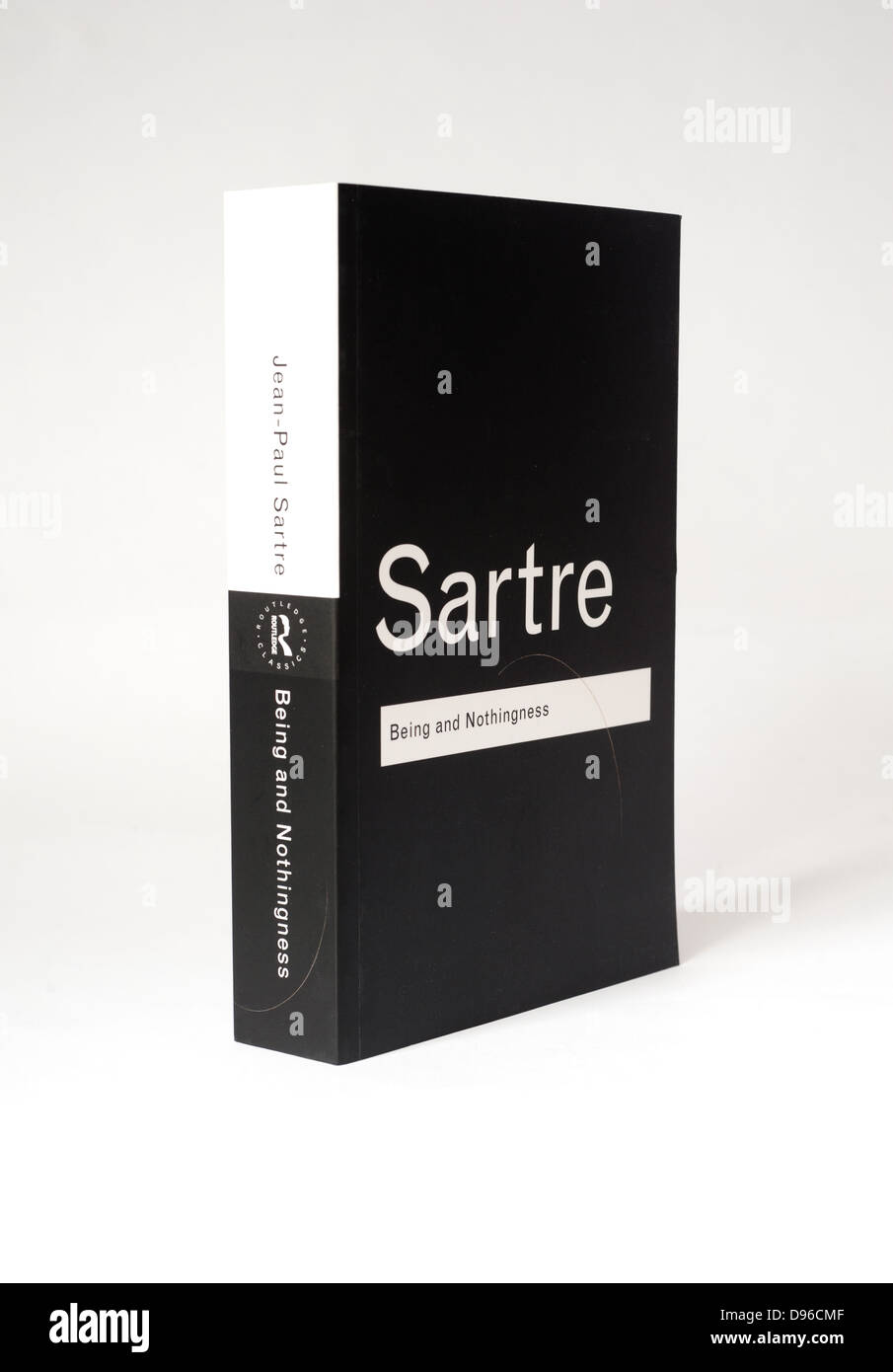
The impact of the work is not immediately felt.

The historical context, combined with the density and opaqueness of some passages, has it that Being and Nothingness hits the shelves with a loud thud (rumour has it that it weighsĮxactly a kilo and can be used on the market place to measure quantities of food!) and shocks the philosophical Meditations on Husserl’s philosophy and a serious study of Heidegger, Sartre unveils his major Wall) and two philosophical essays, one on the emotions and one on imagination, and after some further After all, we care more for our ‘ego’ thanĪ few years later, after publishing an (in)famous novel ( Nausea), short stories ( The The ‘I’ thusīecomes an object, just like any other, only slightly more personal. Something that would only form an ‘I’ through its encounter with the world. No longer personal, consciousness was presented as Of consciousness and its encounter with the world. Things themselves by kicking the ego out of consciousness and carefully delineating the various modes

Its author cleverly re-appropriated Husserl’s goal of going back to the Phenomenology from 1936-1937, ‘The Transcendence of the Ego’, had made quite an impression This wasn’t the first of Sartre’s writings to make some waves. The presentation wrapper on theĮarly reprint of 1945: “What counts in a vase is the void in the middle”! The original French edition), published in the midst of World War II. A writer named Jean-Paul Sartre sees his latest philosophical manuscript, BeingĪnd Nothingness, a “phenomenological essay on ontology”, 722 pages of fine print (in

SUBSCRIBE NOW Jean-Paul Sartre at 100 Sartre’s Being & Nothingness: The Bible of Existentialism? Christine Daigle discusses some of the key concepts and ideas in Sartre’s most important philosophical book.


 0 kommentar(er)
0 kommentar(er)
